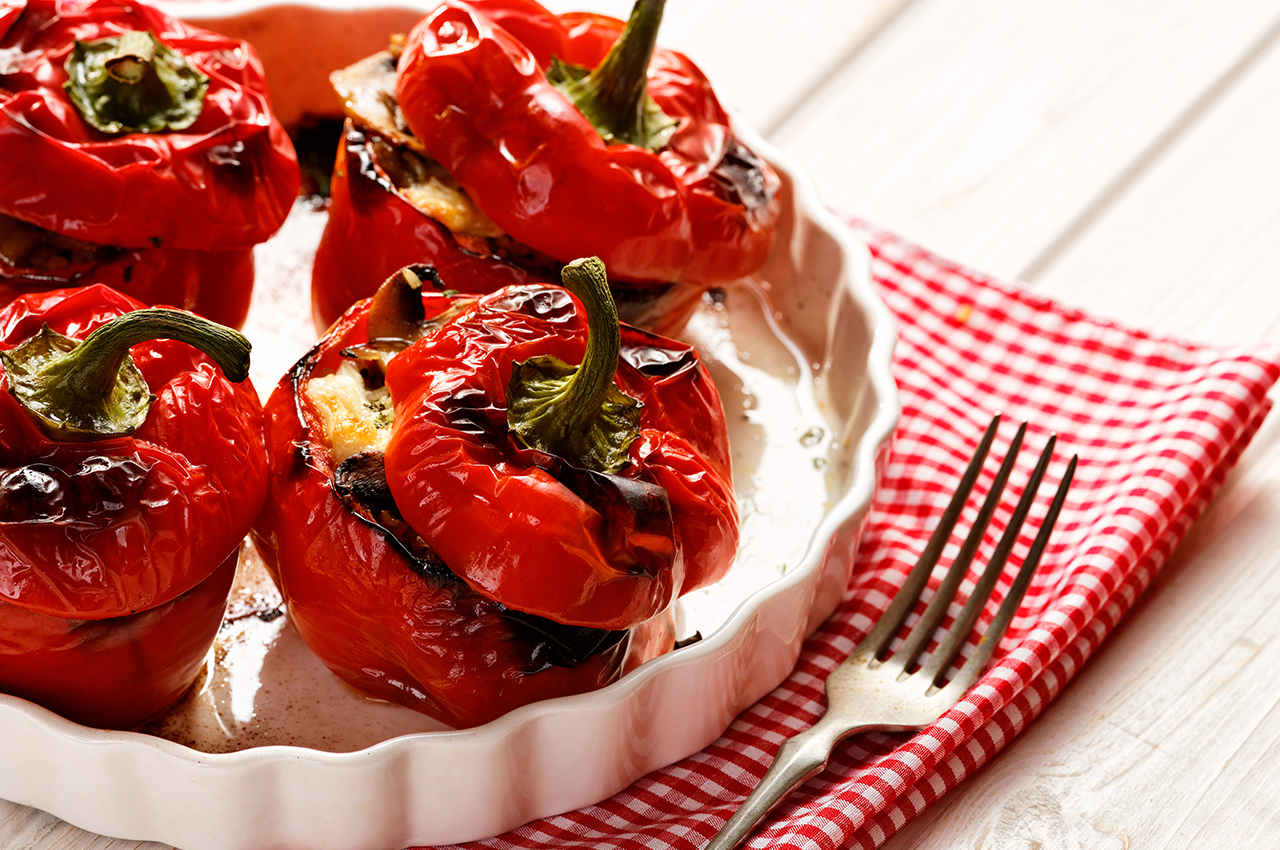Multiple sclerosis (MS) is a condition that can affect the brain and spinal cord. It’s a lifelong condition that can cause problems with vision, arm or leg movement, sensation or balance. Eventually, some nerves are destroyed while others are left damaged.
Symptoms and their severity depend on the amount of nerve damage that has occurred and which nerves have been affected.
Common symptoms include:
- Struggling with coordination and balance, causing difficultly in walking.
- When nerves are damaged, communication from the brain slows. This can cause slurred speech.
- Vision problems and eye pain.
Treatment will depend on the specific symptoms and difficulties you have, which include:
- Short courses of steroid medicine
- Specific treatments for individual MS symptoms.
- Treatment to reduce the number of relapses using medicines called disease-modifying therapies.
Disease-modifying drugs
Disease-modifying medications can reduce the frequency and severity of MS episodes, or relapses.
They also control the extent of damage to nerve fibres and reduce disease symptoms.
The main benefits are
- Fewer relapses
- Less severe relapses
- Reduced build-up of disability which develops when you can’t recover completely from relapses.
There are currently several drugs to treat MS. These come in the form of injectables, infusions, and oral treatments.
Treatment for relapses
Ending a relapse as quickly as possible benefits both body and mind. Relapse treatment includes:
Corticosteroids: Often used to ease inflammation and reduce the severity of MS attacks.
Corticosteroids used to treat MS include methylprednisolone (intravenous) and prednisone (oral).
Inflammation is a key feature of MS relapses, which leads to other symptoms of MS, like fatigue, weakness and pain.
If corticosteroids don’t provide relief for relapses, or if intravenous treatments can’t be used, there are other treatments, which include :
ACTH (H.P. Acthar Gel): ACTH is an injection into your muscle or under your skin. It works by prompting the adrenal cortex glands (located on top of each kidney) to secrete the hormones cortisol, corticosterone, and aldosterone. These hormones reduce the level of inflammation in your body.
Plasmapheresis: Is a process that involves removing whole blood from your body and filtering it to remove antibodies that may be attacking your nervous system. The “cleansed” blood is then given back to you as a transfusion.
Intravenous immunoglobulin (IVIG): This treatment is an injection that helps to boost your immune system.
Many therapies aiming to treat progressive MS are currently being researched.
Controlling the symptoms
Your doctor may recommend treatments for and/or medication for muscle stiffness and spasms, depression and bladder problems. You will also be taught exercises that will help you stay active.
Make lifestyle changes
- Keep a regular sleep schedule and make sure your bedroom is cool, dark, and screen-free.
- Staying active builds bones and strengthens muscles. It keeps depression at bay and helps you sleep better.
- Reduce your stress. Stress worsens your symptoms. Find something you enjoy that helps control the ups and downs, whether it’s through meditation, reading, journaling, or catching up with friends and family.
- Stay cool in a well ventilated room. Wear loose, breathable clothes outside. A rise in body temperature can make your symptoms worse.


